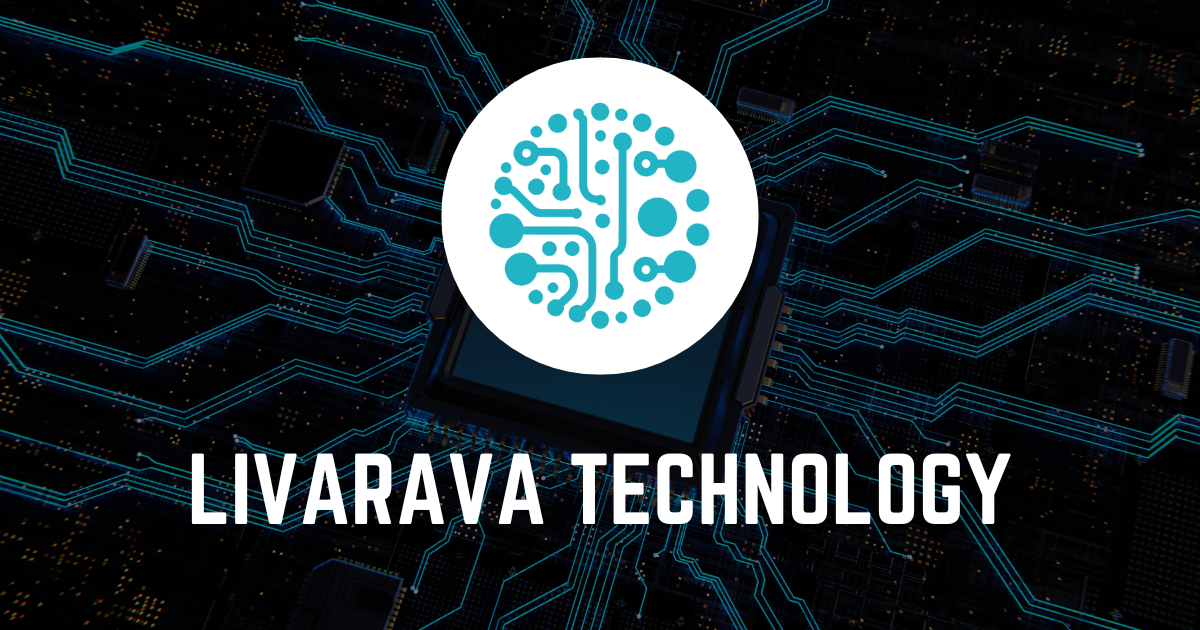Breakthrough in CRAM Technology Revolutionizes AI Energy Consumption

Introduction to CRAM Technology
The researchers have designed a new computational random-access memory (CRAM) prototype chip that could reduce energy needs for AI applications by a mind-boggling 1,000 times or more.
Significance of the Breakthrough
This breakthrough technology is pivotal as it moves away from the traditional von Neumann architecture, which has been a limitation in energy efficiency for years.
Implications for AI Development
- Reduces energy consumption significantly
- Enhances performance and sustainability
- Potential for broader applications across AI
Conclusion
As AI technology advances, the introduction of CRAM could be a game-changer, establishing a new benchmark for efficiency and sustainability in the industry.
This article was prepared using information from open sources in accordance with the principles of Ethical Policy. The editorial team is not responsible for absolute accuracy, as it relies on data from the sources referenced.